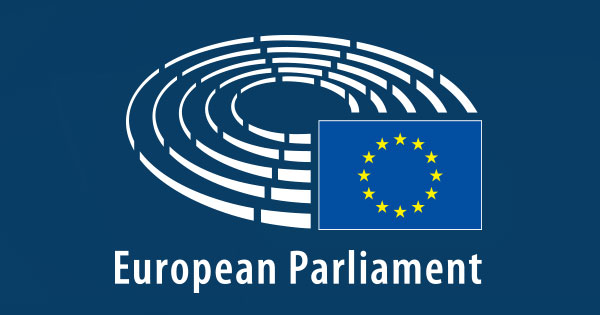The proposed revision of the Energy Efficiency of Buildings Directive goals to considerably cut back greenhouse fuel (GHG) emissions and vitality consumption within the EU constructing sector by 2030, and make it local weather impartial by 2050. It additionally goals to have extra worst-performing buildings renovated and enhance information-sharing on vitality efficiency.
Emissions-reduction targets
All new buildings needs to be zero-emission as of 2030; new buildings occupied or owned by public authorities needs to be zero-emission as of 2028. Member states will have the ability to take note of the life-cycle world warming potential of the constructing, which incorporates the manufacturing and disposal of the development merchandise.
For residential buildings, member states should put in place measures to make sure a discount within the common main vitality used of at the very least 16% by 2030 and at the very least 20 to 22% by 2035.
Member states should renovate the 16% worst-performing non-residential buildings by 2030 and, by 2033, the worst-performing 26% by way of minimal vitality efficiency necessities.
If technically and economically appropriate, member states must deploy photo voltaic installations progressively in public and non-residential buildings, relying on their measurement, and in all new residential buildings by 2030.
Phasing out fossil gas boilers
Member states will undertake measures to decarbonise heating techniques and section out fossil fuels in heating and cooling with a view to fully phasing out fossil gas boilers by 2040. Member states can even must cease subsidising stand-alone fossil gas boilers as of 2025. Monetary incentives will nonetheless be attainable for hybrid heating techniques, comparable to these combining a boiler with a photo voltaic thermal set up or a warmth pump.
Exemptions
Agricultural buildings and heritage buildings could be excluded from the brand new guidelines, whereas EU nations could determine to additionally exclude buildings protected for his or her particular architectural or historic advantage, non permanent buildings, and church buildings and locations of worship.
Quote
Rapporteur for the Energy Efficiency of Buildings Directive Ciarán Cuffe (Greens/EFA, IE) mentioned: “We’ve achieved one thing outstanding this night. We created a blueprint for the transition in direction of a zero-emission constructing inventory. With this plan, we add a necessary pillar to the EU’s decarbonisation plans and start the lengthy journey in direction of decreasing 36% of Europe’s CO2 emissions”.
“That journey will start with the buildings which can be losing essentially the most vitality. Energy wasted is cash wasted on payments. We should assist residents to economize, and shield them from risky vitality costs. That’s the reason now we have chosen a route that may decrease vitality payments for everybody, owners and renters alike, and addresses the basis causes of vitality poverty”, he added.
Subsequent steps
The casual settlement now must be endorsed by each Parliament and Council with the intention to develop into regulation. The Trade, Analysis and Energy Committee will vote on the textual content on 23 January.
Background
Based on the European Fee, buildings within the EU are accountable for 40% of our vitality consumption and 36% of greenhouse fuel emissions. On 15 December 2021, the European Fee adopted a legislative proposal to revise the Energy Efficiency of Buildings Directive, as half of the so-called ‘Match for 55’ bundle. A brand new European Local weather Legislation (July 2021) enshrined each the 2030 and the 2050 targets into binding European regulation.
